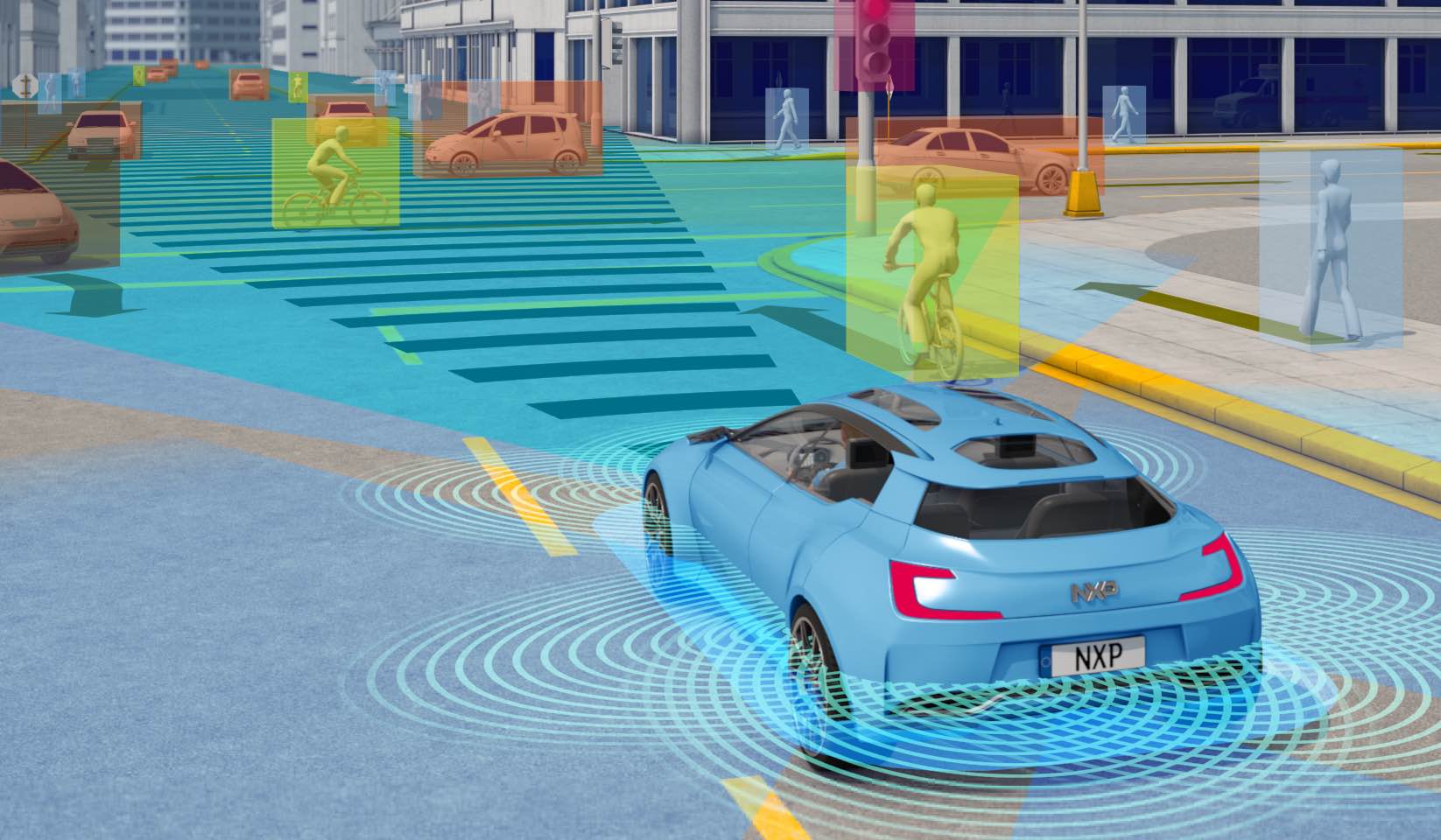
An article in today's New York Times looks at the city's most prominent -- and profitable -- form of street furniture, the pay telephone:
The phone kiosks generate $62 million in advertising revenue annually — and last year the city got $13.7 million of the take, triple what it pulled in from calls.
Over all, the number of pay phones in New York is falling, as it is throughout the country. But in a phenomenon unique to New York, the phones are more valuable than ever, thanks to the intense competition among advertisers for attention in a city of eight million.
Phone companies say the pay phones are still necessary, noting that during 9/11 and the 2003 blackout, people lined up to use them. But it is the phone kiosks’ desirability to advertisers, who love them because they are inexpensive and plentiful, that appears to be driving pressure on the city for permission to install new phones in choice locations.
Since 2003, every new phone the city has authorized has been put at the curb, the only spot where city regulations permit advertising. It has approved moving 465 pay phones from alongside buildings to the curb.
The article notes opposition to the ever-more-massive curbside phones comes from community groups who object to the way they attract graffiti, crowd the sidewalk, and use space that might otherwise be available for trees. As an earlier Times article noted, they might be life-threatening as well. A Ninth Avenue double-wide phone booth has come under scrutiny for its possible contribution to two pedestrian fatalities.
All of which raises the question of whether the city's addiction to this particular revenue stream is worth the cost. As Vanessa Gruen, director of special projects for the Municipal Art Society, is quoted saying in the Times: “The sidewalks of New York are our biggest public space, and somebody should be watching over them, and they should not be for sale for the city to make money out of them.”
Photo: Sarah Goodyear





